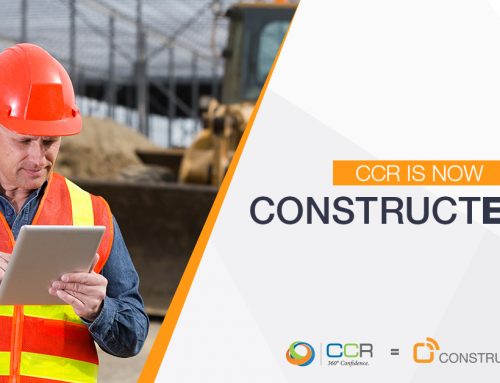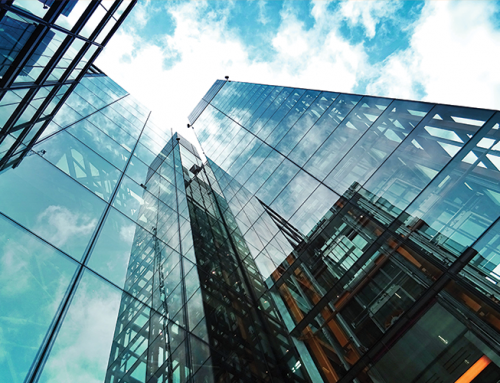Large data centers are becoming more standard for large construction requests as the hyper-scale company trend continues to boom. Rapidly growing companies that amass large quantities of data (think the Facebooks and the Googles of the world) are requiring more storage space for all the data they collect. This high-demand, explosive growth has a trickle-down effect into construction: large scale projects like this need to be completed faster and faster.
The Data Center Lifecycle
On average it takes anywhere from 18-24 months to construct a large data center, sometimes longer. To win bids, firms are going to need to be able to execute within this timeline and with minimal delays. The challenge? Most data centers are constructed in highly remote areas thanks to the sheer amount of space needed to house all those data processors.
In relativity to the scope and size of the project, the lifecycle has to be short, and delays will become intolerable. But with a human-based job, human error is inevitable.
Challenges of Data Center Construction
There’s a list of reasons why constructing such a monumental data warehouse requires a lot of coordination and communication.
Demanding Owners
Data centers are being built for technology companies with high expectations. Not only must the project be completed in record time, but your crew is expected to be tech-savvy themselves. They’ll want to see that you’re using cutting edge technology to create their data centers at a rapid pace.
Sprawling Campuses
Because of the rise of hyper-scale companies, IoT devices, and offering cloud storage and infrastructure to the masses, data centers would more accurately be described as data campuses. Due to their sheer size, teams required to work on this project either expand or become divided, and communication quickly becomes more complex as the project is spread over the full campus. This leaves room for error and delays.
Remote Locations
Due to the nature of these sprawling data campuses, they can’t just be plopped down within city limits, or even near them for that matter. To provide ample housing for all the data they’ll store and the security they require, data centers are often built on land in the middle of nowhere. This provides the opportunity for expansion later on.
When you’re building in the middle of nowhere, getting the right amount of connectivity to cover your entire jobsite with ample, reliable bandwidth makes the project increasingly more challenging.
Complex Infrastructure
Not only does the size of the buildings make construction a challenge, but the equipment and infrastructure these data centers require to function optimally is staggering. These highly complex systems require acute attention to detail and precise installation. There’s no room for error, which quickly becomes challenging because a great deal of coordination has to happen between each team on the project.
High Security
We mentioned security requirements briefly above, but they’re not to be treated as an afterthought. Technology giants require intensely restrictive security due to industry guidelines. This poses a challenge for construction companies because not only must the location be physically secure, but the technology within the building must be extensively protected from cyberattacks.
Accelerated Schedules
Hyper-scale companies grow at an exponential rate, and they expect their construction crews to build at a similar pace. Data capacity needs to be provided in the fastest time, which means there’s no room to be slowed down by any setbacks, especially stemming from technology.
Connectivity Solutions: Your New Construction BFF
The list of challenges is immense. How does your team overcome all of this on top of the regular challenges jobsites face? With a connectivity solution, of course!
- Support Real-Time Data
Connectivity solutions deliver bandwidth that can support emerging technologies while delivering real-time data. Make sure you have the bandwidth you need. - Cross-Campus Connectivity
Connectivity solutions are able to light up your entire campus with Wi-Fi. Not just parts. The whole thing. This enables better communication across teams at different data center buildings and provides consistent access to project management tools. No more inability to check specifications, confirm documents or need to double-check work. Your tech does what it’s supposed to when it’s properly connected: improves accuracy. - Coverage for Remote Locations
Connectivity solutions deliver the high-capacity bandwidth you need no matter how remote the location. Curious how? Download our data center case study covering not one, but two data center projects with unique needs that were rectified with connectivity solutions.
Data centers are challenging projects. Don’t let your lack of connectivity make them impossible.






